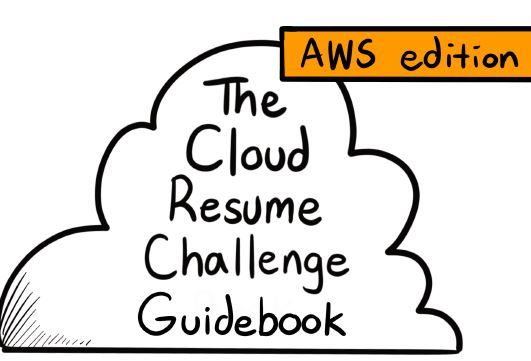Leveling Up with the AWS Cloud Resume Challenge
Nov 15, 2024 -- by Himanshu Singh
I started the Cloud Resume Challenge by first passing the AWS Cloud Practitioner certification. That laid a foundation for cloud knowledge but also gave enough confidence to build up my project of a resume. Further on, I will provide a step-by-step guide on how to pass this certification; thus, stay tuned!
1. Laying the Foundation: AWS Certified Cloud Practitioner
I was preparing myself for this challenge by acquiring the AWS Certified Cloud Practitioner certification.
This foundational accreditation equipped me with in-depth knowledge of core AWS services, concepts,
and security best practices. Click to view my certification
2. Building the Frontend: A Superb Website
The next big milestone was developing my personal website, which I then hosted as a static site on
an Amazon S3 bucket. I wanted it to be available everywhere, with a strong user experience. So,
I distribute my site efficiently with CloudFront as a content delivery network. Later on, I went
ahead and bought the domain huesofhimanshu—a name given to reserve the different hues of my skills
and projects with a single name.
Setting the domain with Amazon Route 53 was an important step in having it properly traffic to my site.
3. Enhancing the Site with a Viewer Count
I then extended this project further by adding a viewer count feature to my website.
This was accomplished by using JavaScript to call a Lambda function embedded in the code,
which tracked and displayed the number of visits.
4. CI/CD Implementation: Automation of the Deployment Process
To further ease the deployment process, I combined a CI/CD pipeline using GitHub Actions. This automated the process so that whenever a change was committed, it was built, tested, and deployed to the S3 bucket seamlessly.
5. Adding Backend Functionality: Integrating into the Real World
I extended the project to fit the requirements of COSC 219 by incorporating a backend. I launched an EC2 instance, installed Apache and MySQL, and deployed a PHP application.
After the backend setup, I could set up the distribution of CloudFront by establishing custom origins and updating caching behaviors, enabling access to PHP scripts. This was
the most complex part of the project and required me to go through a lot of documentation in AWS, seek AI assistance, and learn from varied YouTube tutorials. It was a challenging
task because it taught me how to be resilient and solve problems.
6. User Authentication and Interaction with Database
I have tried to show the integration of the back-end through a login page, where the user could register themselves with their name, phone number, and email. Submissions from that form would get pushed to the MySQL database.
Though I kept things very simple and didn't create dashboards for different users, I have made sure the project shows how the database has been triggered and how I could fetch the stored data in it efficiently.
Conclusion
Integrating the AWS Cloud Resume Challenge with COSC 219 requirements, I developed a dynamic web application that
showcased my knowledge in AWS, server administration, and database management. It has strengthened my cloud skills
in addition to increasing my knowledge of full-stack development and infrastructure management. I hope this will
serve as an encouragement for more people to take up similar projects and tap into furthered technologies with cloud computing.
